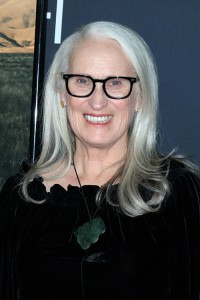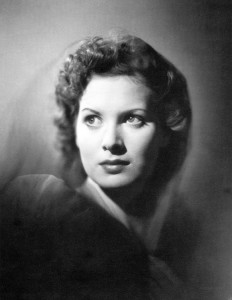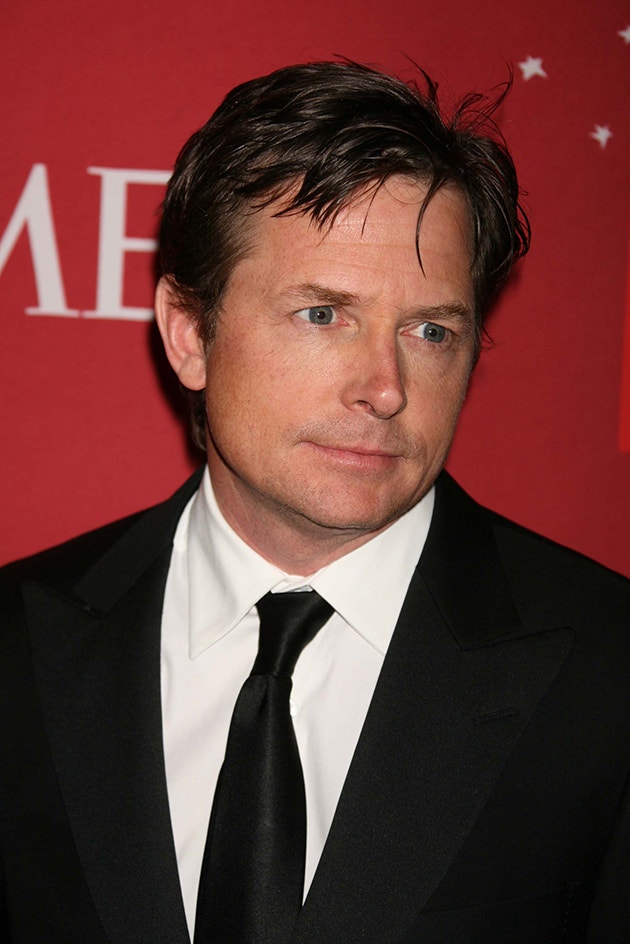Campion Champions at the Oscars
Tuesday, March 29th, 2022
Jane Campion, a New Zealand motion-picture screenwriter and director, won the best director for The Power of the Dog (2021) at the 2022 Academy Awards hosted by the Academy of Motion Picture Arts and Sciences Awards on Sunday. The Power of the Dog (2021) is a psychological western set in Montana in 1925. The awards are better known as the Oscars. Campion’s win made history as the first time women have won best director two years in a row. Last year, Chinese filmmaker Chloé Zhao became the first Asian woman to win an Academy Award for best director, for the motion picture Nomadland (2020).
Campion is also the only woman to be nominated for best director twice. She was first nominated for best director for the film The Piano in 1993, which she wrote and directed. It tells the story of a mute young Scottish woman who is sent to colonial New Zealand to marry a stranger. The Piano won the Palme d’Or at the Cannes International Film Festival in France. Campion was the first woman ever to receive this prestigious award. She also won an Academy Award for writing the screenplay for The Piano.
Campion was born on April 30, 1955, in Wellington, New Zealand. During the 1970′s, she earned a degree in anthropology at the Victoria University of Wellington, and an arts degree at the Sydney College of the Arts in Sydney, Australia, where she majored in painting. Campion began making short films in the late 1970′s. One of the films, the dark comedy Tissues, resulted in her being accepted in the Australian Film and Television School in 1981. Campion’s first notable short film, Peel (1982), won the Short Film Palme d’Or award at Cannes in 1986.
Campion’s first feature film was Sweetie (1989), which she co-wrote and directed. A sharp comedy about family discord, it won several international prizes. Campion’s next film, An Angel at My Table (1990), won awards at the Toronto International Film Festival and the Venice Film Festival. It is a drama based on the autobiography of the New Zealand writer Janet Frame.
Campion’s other films include Portrait of a Lady (1996), based on a novel by the American author Henry James; Holy Smoke (1999); In the Cut (2003); Bright Star (2009), about the English poet John Keats; and The Power of the Dog (2021), for which she won a Golden Globe Award. Campion also co-wrote and co-directed the television miniseries Top of the Lake (2013).





